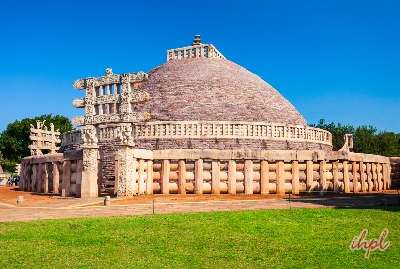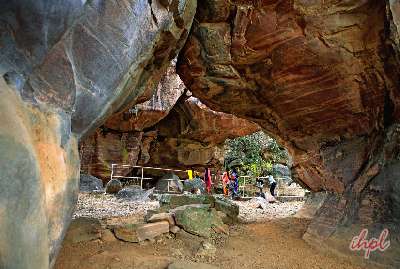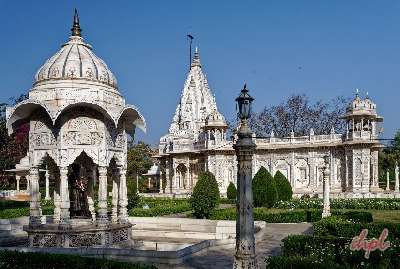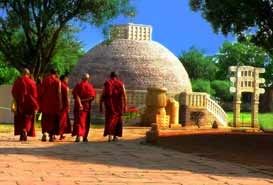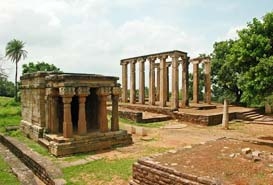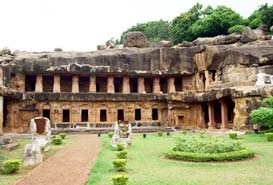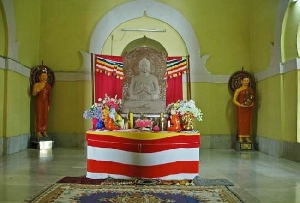Sanchi is one of the famous pilgrimage centers for the Buddhist pilgrims. There are a number of reputed Buddhist centers in eastern India and Nepal, but no other place boasts of a direct connection with the life of Lord Buddha, as Sanchi. If you are planning a tour to Sanchi, then it will help you immensely to know about the history of Sanchi.
Sanchi’s importance as a major pilgrimage center began to increase from the time when Ashoka the Mauryan Emperor tied the knot with a woman from Besnagar, a place situated close by. Ashoka then went on to construct a glazed stone pillar and a stupa built of brick and mortar. These constructions were a significant landmark in the history of Sanchi.
They can be traced back to the 3rd century BC. The complex was refurbished and additions and alterations were made by the successive dynasties, but the waning of Buddhism brought in its wake the decline of Sanchi that lay abandoned for a considerable time, till it was brought to life in the year 1818 by General Taylor of the Bengali cavalry.
On flipping through the pages of the history of Sanchi, you would stumble upon a lot of interesting information on the historical background of Sanchi that would have otherwise remained under covers. Restoration activity in Sanchi gained a fillip during the 20th century which saw the reconstruction of the chief stupas.
However the major restoration work was undertaken by archaeologist John Marshall and the Buddhist scholar Albert Foucher in 1912. Beautiful parks and museums also came up. Due to its strong association with Buddhism and the life of Lord Buddha, Sanchi was ascribed the status of a World Heritage Site by UNESCO.




